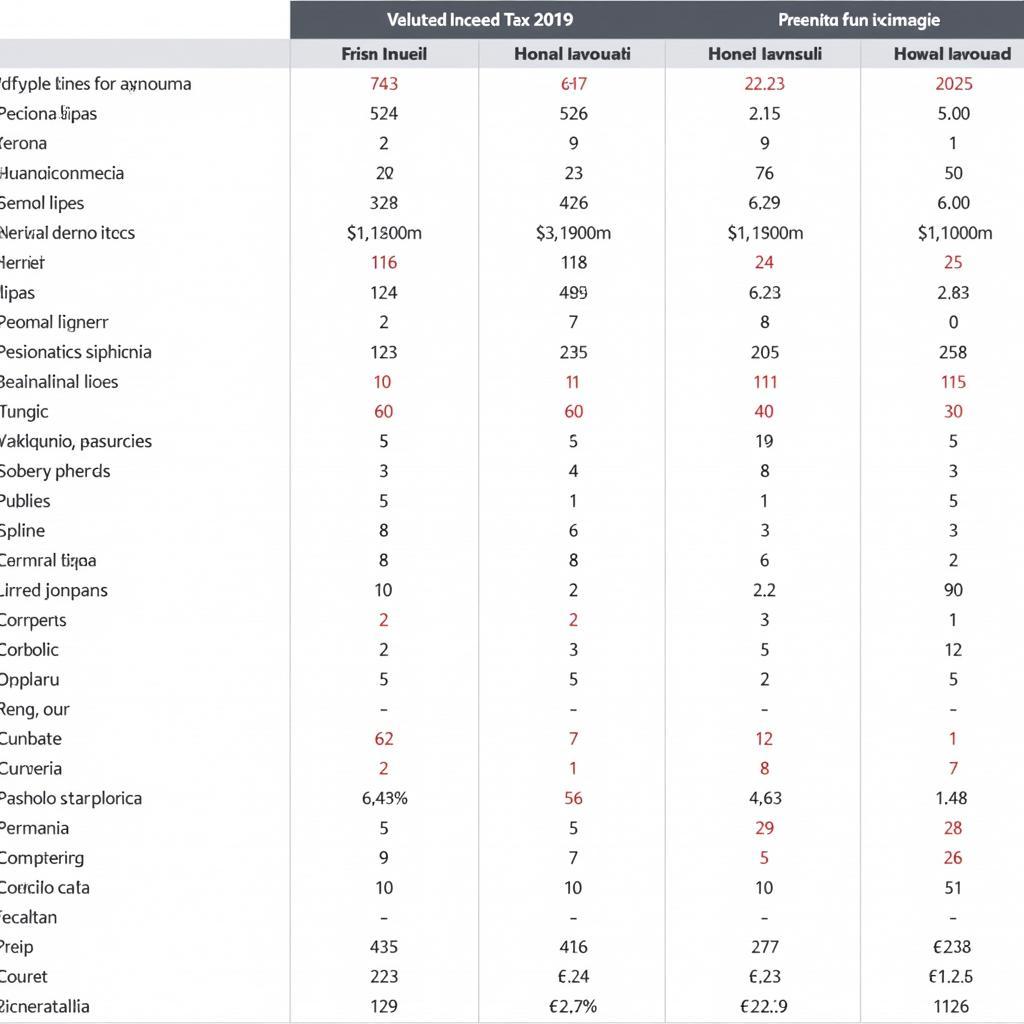The Association of Southeast Asian Nations (ASEAN) is a political and economic union of 10 member states in Southeast Asia. It was formed on August 8, 1967, by Indonesia, Malaysia, the Philippines, Singapore, and Thailand. But what prompted these nations to come together under a single banner? What was the background of ASEAN’s establishment? This article delves into the historical context and motivations behind the formation of this influential regional bloc.
A Region in Flux: Southeast Asia in the 1960s
The 1960s was a turbulent period for Southeast Asia. The region was grappling with the legacies of colonialism, the rise of communism, and internal conflicts. The Cold War cast a long shadow, dividing the world into two opposing blocs, and Southeast Asia became a key battleground for ideological influence.
- Post-Colonial Struggles: Newly independent nations in the region, including Indonesia, Malaysia, and the Philippines, were still finding their footing after gaining independence from colonial powers. They faced challenges in establishing stable governments, developing their economies, and asserting their national identities.
- The Threat of Communism: The rise of communist regimes in China and Vietnam sparked fears among non-communist countries in Southeast Asia. The Vietnam War, in particular, raised concerns about the domino theory – the idea that the fall of one country to communism would lead to the collapse of its neighbors.
- Regional Tensions: The region was also plagued by internal conflicts and territorial disputes. For example, Malaysia and the Philippines had a long-standing dispute over the territory of Sabah, while Indonesia and Malaysia experienced a period of confrontation known as “Konfrontasi.”
 Map of Southeast Asia During the Cold War
Map of Southeast Asia During the Cold War
The Birth of ASEAN: A Search for Common Ground
It was against this backdrop of uncertainty and instability that five Southeast Asian nations – Indonesia, Malaysia, the Philippines, Singapore, and Thailand – decided to put aside their differences and forge a path toward regional cooperation. The signing of the Bangkok Declaration on August 8, 1967, marked the official establishment of ASEAN.
The key drivers behind ASEAN’s formation were:
- Need for Political Stability: The founding fathers of ASEAN believed that by fostering closer political and economic ties, they could create a more stable and secure environment in the region. This stability would, in turn, help to prevent the spread of communism and reduce the risk of external interference in their domestic affairs.
- Economic Cooperation: The founding members recognized the potential for economic growth through regional cooperation. They aimed to promote trade and investment among themselves, accelerate economic development, and improve the living standards of their people.
- Cultural Exchange: Beyond political and economic considerations, ASEAN’s founders also envisioned the organization as a platform for promoting cultural exchange and understanding among the diverse peoples of Southeast Asia.
A Legacy of Cooperation and Progress
Since its inception, ASEAN has played a pivotal role in shaping the political and economic landscape of Southeast Asia. The organization has expanded to include Brunei, Vietnam, Laos, Myanmar, and Cambodia, further solidifying its position as the premier regional bloc in Southeast Asia.
Key achievements of ASEAN include:
- Promoting Peace and Stability: ASEAN has been instrumental in maintaining peace and stability in Southeast Asia through dialogue, diplomacy, and conflict resolution mechanisms. It has helped to manage regional disputes and foster a spirit of cooperation among its member states.
- Facilitating Economic Integration: ASEAN has worked towards creating a single market and production base through initiatives such as the ASEAN Free Trade Area (AFTA) and the ASEAN Economic Community (AEC). These efforts have led to increased trade, investment, and economic interdependence among member states.
- Enhancing Regional Connectivity: ASEAN has also prioritized improving infrastructure and connectivity within the region. Projects such as the ASEAN Highway Network and the Master Plan on ASEAN Connectivity aim to facilitate the movement of goods, services, and people across Southeast Asia.
 Leaders of ASEAN Member States at a Summit
Leaders of ASEAN Member States at a Summit
Conclusion: ASEAN’s Enduring Relevance
The establishment of ASEAN was a landmark event in the history of Southeast Asia. It marked a turning point in the region’s trajectory, shifting from a period of division and conflict to an era of cooperation and integration. ASEAN has been instrumental in promoting peace, stability, and prosperity in Southeast Asia. As the region continues to evolve in the 21st century, ASEAN’s role in navigating complex challenges and harnessing opportunities for growth and development remains as relevant as ever.
FAQs:
-
What were the main reasons for ASEAN’s establishment?
The primary motivations were to ensure political stability, promote economic cooperation, and foster cultural exchange among Southeast Asian nations.
-
How has ASEAN contributed to peace in the region?
ASEAN has played a vital role in maintaining peace by providing a platform for dialogue and diplomacy, establishing conflict resolution mechanisms, and promoting a culture of cooperation.
-
What are some of ASEAN’s key economic achievements?
ASEAN has fostered economic integration through initiatives like the ASEAN Free Trade Area (AFTA) and the ASEAN Economic Community (AEC), leading to increased trade and investment.
-
How has ASEAN’s membership evolved over time?
While initially comprising five founding members, ASEAN has expanded to include ten member states, encompassing a wider geographical representation of Southeast Asia.
-
What are some of the challenges facing ASEAN today?
ASEAN faces contemporary challenges such as managing territorial disputes in the South China Sea, addressing non-traditional security threats like terrorism and pandemics, and narrowing the development gap among member states.
Need Help? Contact Us!
For further information or assistance regarding ASEAN, please don’t hesitate to contact us.
Phone Number: 0369020373
Email: [email protected]
Address: Thôn Ngọc Liễn, Hiệp Hòa, Bắc Giang, Việt Nam
Our dedicated customer support team is available 24/7 to answer your questions and provide guidance.

